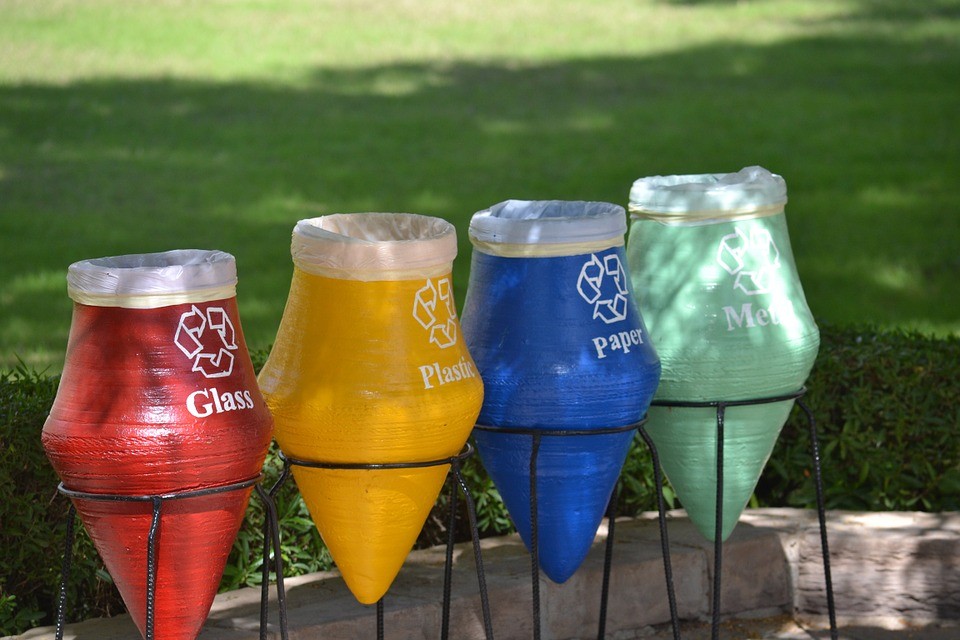
Consumers find it difficult to determine in which waste bin the packaging should be put. Strikingly often, on almost half of the packaging, there is no information at all about which waste bin it should be thrown in. This is the conclusion of a report by Natuur & Milieu entitled 'Duurzaamheid verpakkingen in de supermarkt' (Sustainability of packaging in the supermarket).
There is growing concern among consumers about plastics and packaging. According to Natuur & Milieu, this concern is partly justified. The report indicates that the recycling of plastic packaging in particular is lagging far behind. Only slightly more than half of all plastic packaging is collected separately and only half of this collected part is recycled.
Natuur & Milieu investigated how supermarkets (private labels) and A-brands inform consumers about how to dispose of their plastic. Plus, Coop and Albert Heijn use clear disposal instructions on about 75 percent of the packaging. A-brands scored less well in this area, with only 35 percent of the packaging.
Rob van Tilburg, Director Nature & Environment: "We see companies using bread bags made of paper combined with a plastic window. This may look more sustainable than just plastic, but it's a tragedy for recycling. In addition, we see too many superfluous packaging such as the cardboard wrapper around a bowl of salad. The information on the wrapper can also be put directly on the plastic container."
Natuur & Milieu calls on companies and supermarkets to use fewer different materials and to keep the design of packaging as simple as possible, in order to make separation and recycling a lot easier.
Source: © Natuur & Milieu